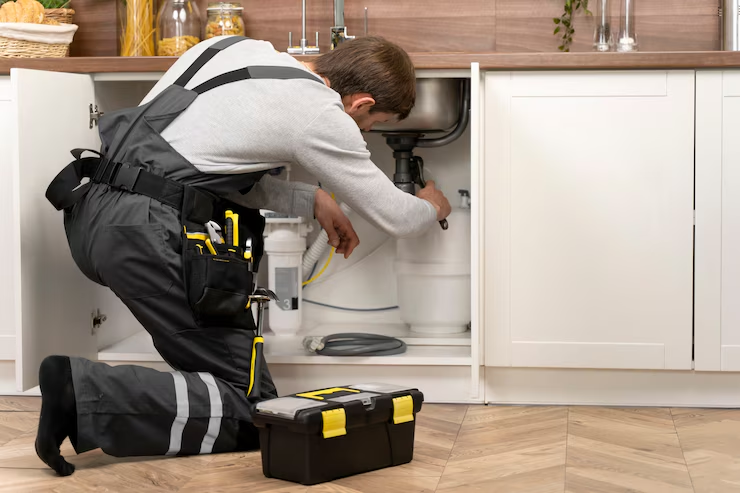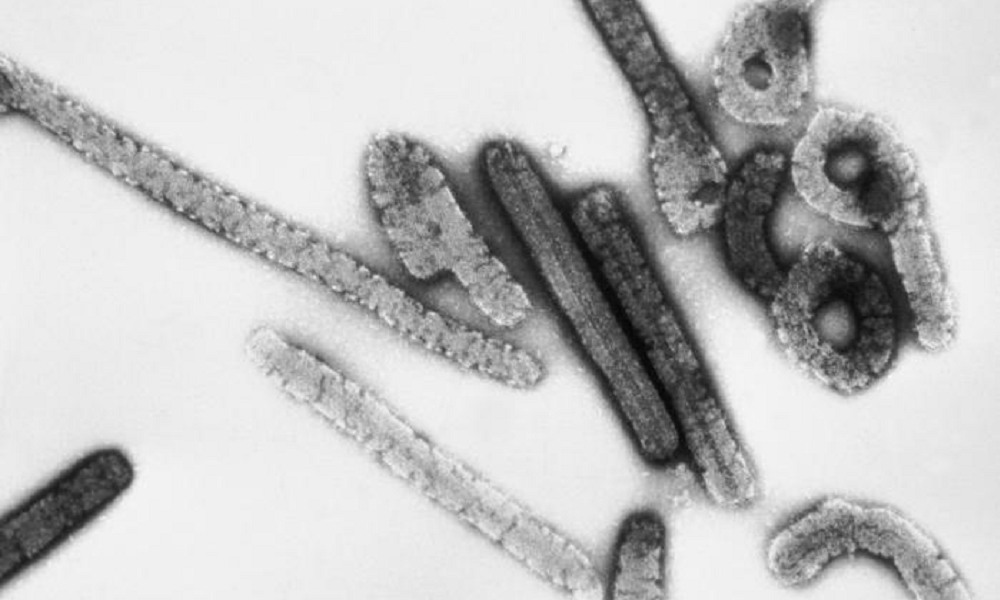Reviews
How to Fix a Drain Pipe Leak Without Replacing it?

What might have started as a minor inconvenience of a leaky drainpipe could turn into a huge problem when ignored. Luckily, not all leaks in the pipes necessitate a complete replacement. Often with your proper attitude and a simple set of tools, you can have the problem solved without having to dismantle everything.
This article will take you through effective but non-invasive measures you can take in addressing leaks in the drainpipes.
Identify the Source of the Leak
Locate the precise position of the leak prior to diving into a repair. Look for wetness, staining, mold, or dripping beneath sinks or in cellars. The most important thing is to dry the region fully so that the leakage becomes clearly apparent. A clean surface provides good adhesion of any repair material.
Assess the Severity
Leaks vary. They may be hairline cracks or joint problems, or they could be due to corrosion or loose fittings. Identify the types of plumbing pipe— PVC, copper, or metal —and the extent of the damage. When the leak is small-scale and localized, then chances are high that you can be a good candidate to get a no-replacement repair.
Turn Off the Water Supply
Before any repair, always turn off the supply of water to the leaking pipe. This will stop any additional water damage and will enable your patching materials to dry in place.
Use the Right Repair Methods
There are several effective methods that may be applied depending on the type of the leak and the material the pipe is made of:
- Epoxy Putty: Best on small cracks or pinholes. Prepare the putty, spread it on the clean and dry surface, and push it down hard over the leak. Let it dry according to directions.
- Rubber and Clamp Technique: On larger leaks, cut a part of rubber (such as an old hose) and place it around the damaged area and fasten it with a pipe clamp. This gives a temporary and strong seal.
- Waterproof Tape: Leak stoppage can be accomplished by wrapping specialized pipe repair tapes around the leaking section. They are simple to use and effective on smaller problems.
Pipe Repair Sleeves
These are slipped over the pipe and sealed tightly by clamps or fasteners. They are perfect on hairline cracks or deteriorated areas.
When you are not sure of the extent of the problem or there could be some damage concealed, it is prudent to call in the experts to carry out an emergency drain pipe repair to prevent more expensive repairs in the future.
Check for Long-Term Viability
These repairs can be long-lasting, but it is good to inspect the area that has been repaired after some time. Depending on the evidence of further leakage or corrosion and water damage, it may later need more serious work. In the case of older plumbing systems, however, constant leaks may be an indication that replacement is imminent.
Eco- Friendly options to repair Pipes
Here are some options:
- Homeowners who want to remain environmentally conscious can opt to have repairs done in an environmentally friendly way.
- Most epoxy putties and tapes are currently produced using non-toxic resins that have a limited environmental impact.
- Another alternative is using biodegradable pipe wraps or natural rubber patches, which seal leaks without any toxic chemicals.
- Going green is a smart decision, and sustainable solutions are not merely environmentally friendly alternatives, as they also make your house safe and up-to-date with the contemporary green building standards.
Typical Reasons for Drain Pipe Leaks
Learning the causes of leaks in the drain pipes may assist you in avoiding future problems.
- Among the usual suspects are aged materials, soil movement around and underneath underground pipes, loose joints, and chemical attacks by strong cleaners.
- In the old houses, the pipes can deteriorate due to corrosion, or they can get cracked due to wear and tear.
- Underground lines may also be invaded by tree roots and cause a leak, which becomes bigger over time. Early detection of these risks can ensure a system with no leakages.
When to Call a Professional
Small leaks may be solved with the help of DIY solutions, and there are situations when professional help is required. If you:
- Notice different leakages at different places
- Listen to running water with taps switched off
- Visible signs of extreme water damage on the walls or ceilings.
- Inaccessibility of the leak due to where the pipes are located.
Time to get a licensed plumber. They can provide a full examination and find the main issue and provide lasting solutions.
A leak in the drainpipe may not mean replacement of the entire portion. With good equipment and care, it is possible to break many leaks within a short period and effectively. An early intervention will save you time, stress, and money, and will make your home dry.

-

 World1 week ago
World1 week agoEthiopian volcano erupts for first time in thousands of years
-

 Health2 days ago
Health2 days ago8 kittens die of H5N1 bird flu in the Netherlands
-

 Legal7 days ago
Legal7 days agoUtah Amber Alert: Jessika Francisco abducted by sex offender in Ogden
-

 US News6 days ago
US News6 days agoExplosion destroys home in Oakland, Maine; at least 1 injured
-

 Health7 days ago
Health7 days agoMexico’s September human bird flu case confirmed as H5N2
-

 Legal3 days ago
Legal3 days ago15 people shot, 4 killed, at birthday party in Stockton, California
-

 World7 days ago
World7 days agoWoman killed, man seriously injured in shark attack on Australia’s NSW coast
-

 Health6 days ago
Health6 days agoMarburg outbreak in Ethiopia rises to 12 cases and 8 deaths




